Many preppers miss a crucial component of their survival plan: a well-stocked SHTF first aid kit. They assume a basic, store-bought kit is enough, but these kits are only good for minor cuts and scrapes. A true survival first aid kit needs to be comprehensive and capable of handling serious injuries when professional medical help is not an option.
Understanding Your Kit’s Purpose: Breadth and Depth
A robust SHTF first aid kit must have both breadth and depth.
- Breadth means it can address a wide range of injuries, including major trauma. A simple kit from a pharmacy won’t cut it.
- Depth means you have enough supplies to treat multiple serious injuries. Even a good trauma kit might fall short if you can’t restock.
In a crisis, medical facilities can become overcrowded or inaccessible. Having a well-stocked first aid kit can be the difference between life and death for you or a member of your family.
Remember, first aid is about preventing a situation from getting worse. It is not a substitute for a full medical kit or a doctor’s training.
The Kit Itself: Organization is Key
Your first aid kit needs a case that is well-organized and easy to transport. A soft-sided case with multiple dividers is ideal for mobility, but finding one large enough for extensive supplies can be a challenge. A large fishing tackle box is an excellent option because its cantilevered trays allow for easy organization of small items, and the open bottom is perfect for larger supplies.
Essential Supplies: Quality Over Quantity
Do not cut corners on the quality of your medical supplies. Cheap bandages may not stay in place, and low-quality tools can fail when you need them most.
Hygiene: The First Line of Defense
Most wounds kill through infection, not direct trauma. Keeping a wound clean is critical. You must also protect yourself from any infectious diseases the patient may have.
- Antibacterial hand sanitizer: Always clean your hands before treating a wound.
- Sterile rubber gloves: Protect both you and the patient from infection.
- Medical face masks: Prevent you from breathing germs into an open wound.
- CPR mask: Protects both you and the patient during CPR.
Flesh Wounds: Stopping the Bleeding
The majority of your kit will be dedicated to treating flesh wounds, from a paper cut to a deep gash. The goal is to stop the bleeding and protect the wound from further contamination.
- Irrigation syringe: For squirting clean water into the wound to clean it out before bandaging.
- Alcohol towelettes: For cleaning the area around the wound.
- Antibacterial ointment: To apply to the wound to kill bacteria.
- Butterfly closures or Steri-strips: For closing minor cuts and helping them heal.
- Clotting agents: Products like Celox or QuikClot help speed up the clotting process.
- Various bandages: Stock a variety of adhesive bandages, including knuckle and fingertip bandages.
- Large gauze pads: For medium-sized wounds.
- Medical tape: Cohesive tape that sticks to itself is ideal for holding bandages in place without pulling out hair.
- SWAT Tourniquet: Can be used as a tourniquet or as a pressure dressing to reduce bleeding.
- Israeli bandage: A combat bandage that combines a bandage and a wrap with a pressure applicator.
Broken Bones: Splinting and Securing
Broken bones, both simple and compound fractures, require stabilization to prevent further damage.
- Sam splint: A malleable aluminum sheet covered in foam that can be cut and formed to fit any break.
- Elastic bandages: To hold the splint in place and to treat sprains.
- Combat cravat: A large triangular piece of fabric that is ideal for creating a sling for a broken arm.
Medical Tools: For Diagnosis and Treatment
While you may not be a trained professional, a few tools can make a significant difference.
- Medical scissors: A good pair can cut through clothing to access a wound.
- Fine-pointed tweezers: For removing splinters or debris from a wound.
- Hemostats: For closing off veins in the case of a severe injury.
- One-handed tourniquet: So you can apply it to yourself if needed.
- Thermometer: To check for fever, which is a key sign of infection.
- Blood pressure and blood sugar monitors: To diagnose and manage internal bleeding or low blood sugar.
- Instant cold packs: To reduce swelling on sprains and non-bleeding injuries.
- Dental repair paste: To provide temporary relief from tooth pain.
Over-the-Counter Medications
Don’t forget to stock up on over-the-counter medicines you use regularly, like pain relievers, anti-inflammatory medicines, and others that you believe are essential.
This is a very extensive list, but it’s just the basics. While we hope you never need to use any of these supplies, it is better to be prepared. In a time when you can’t just call for an ambulance, a well-stocked first aid kit can be your most valuable asset.
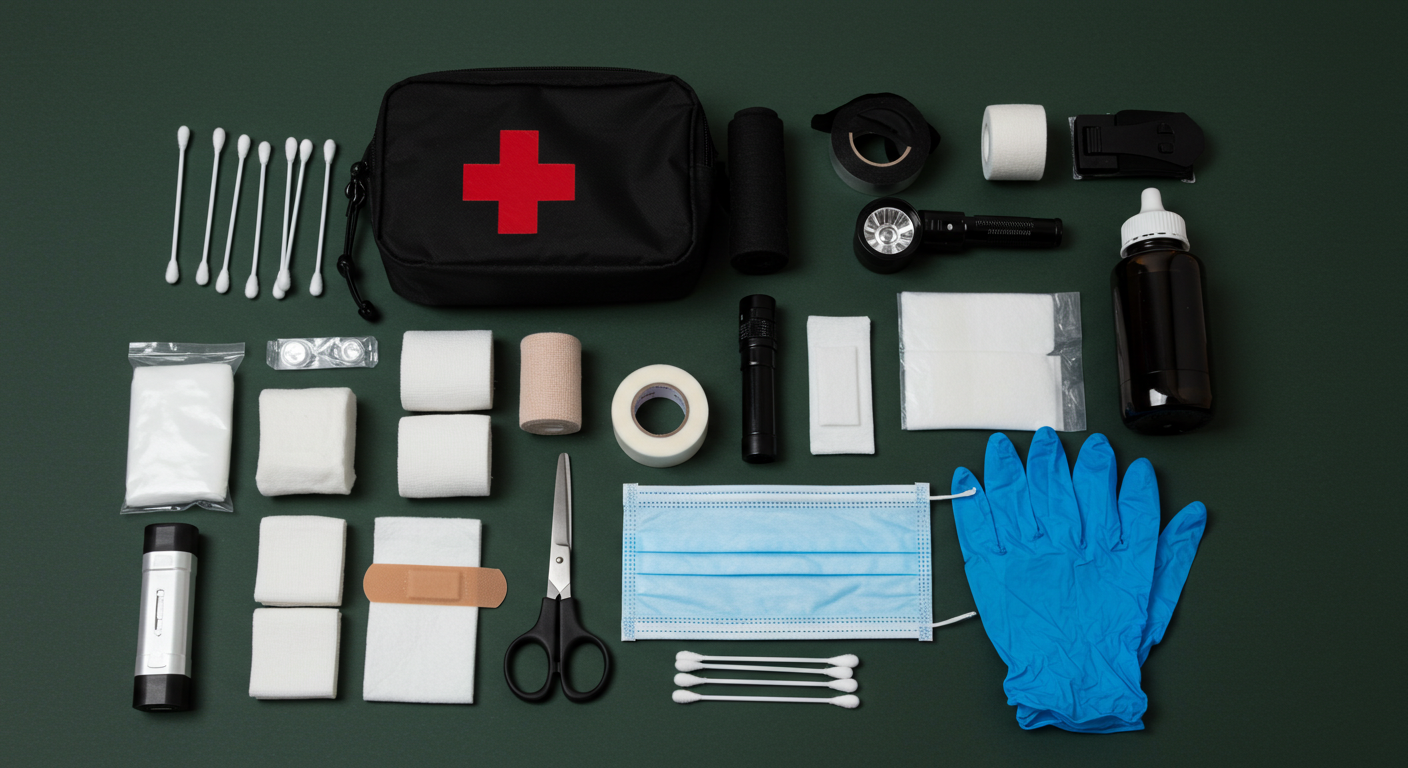
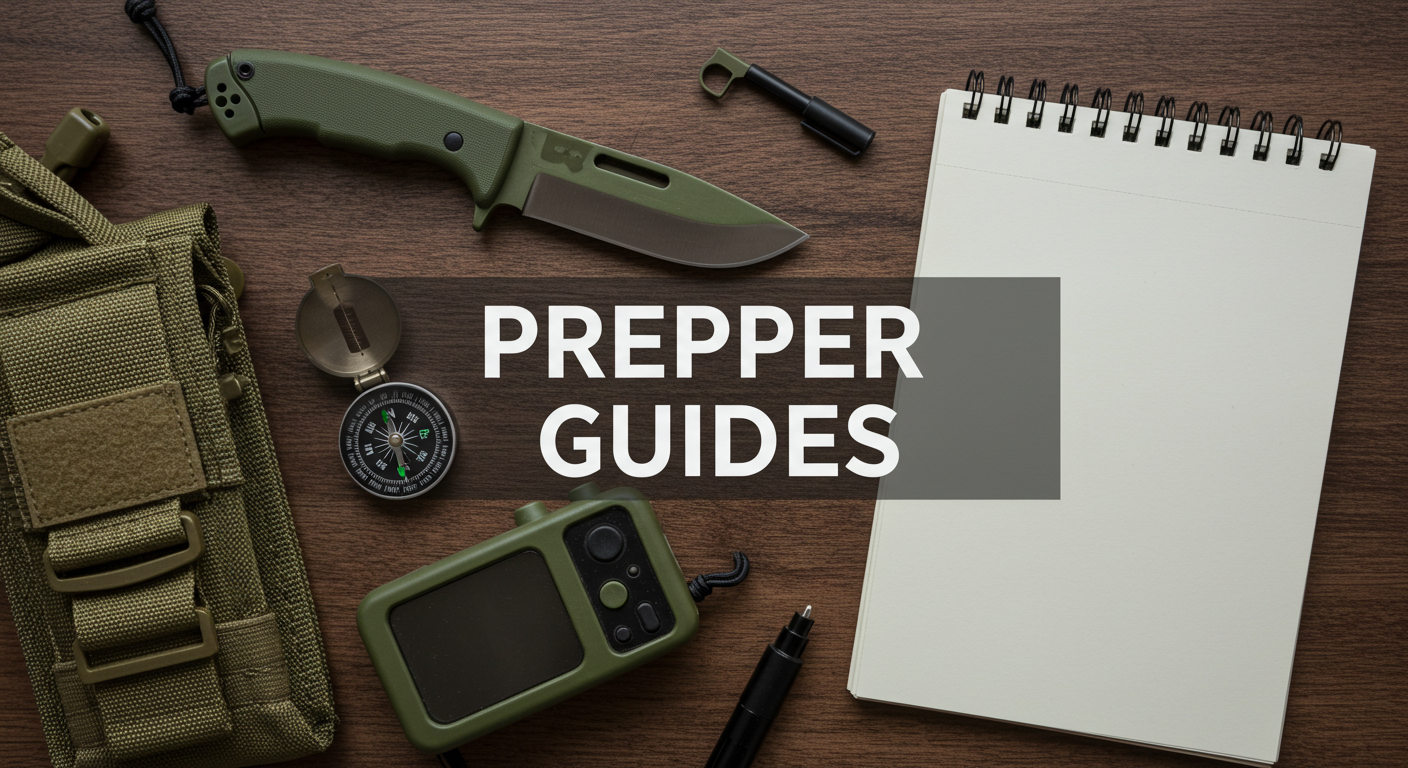
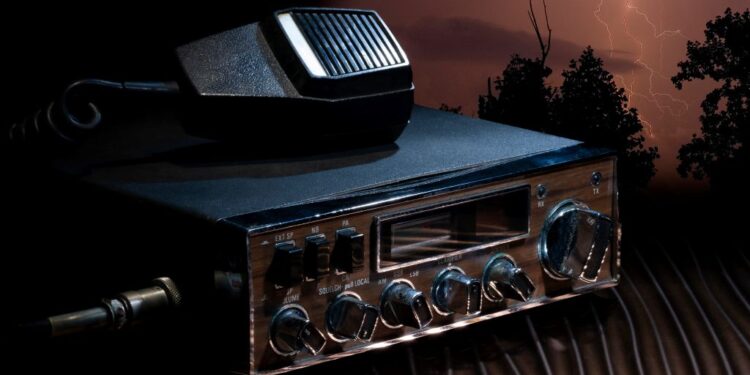
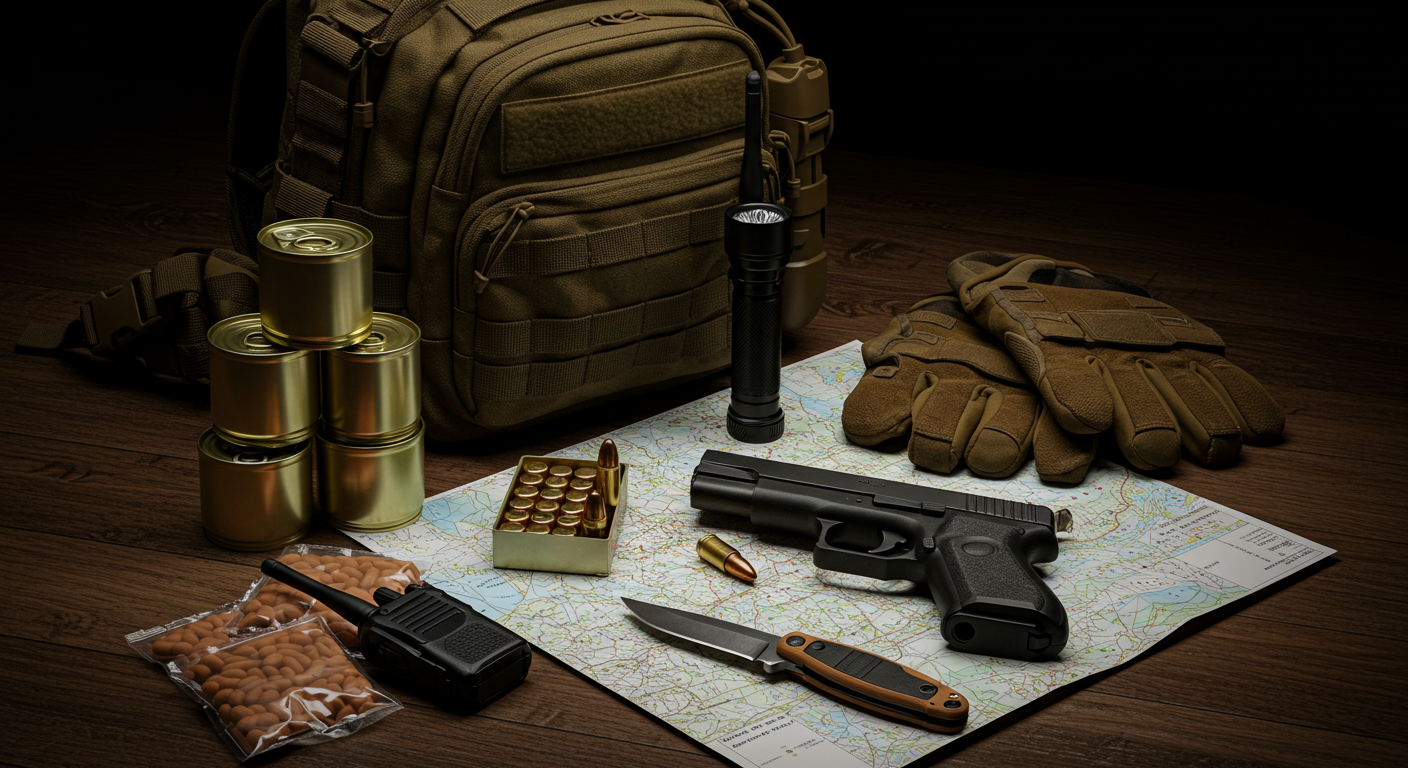
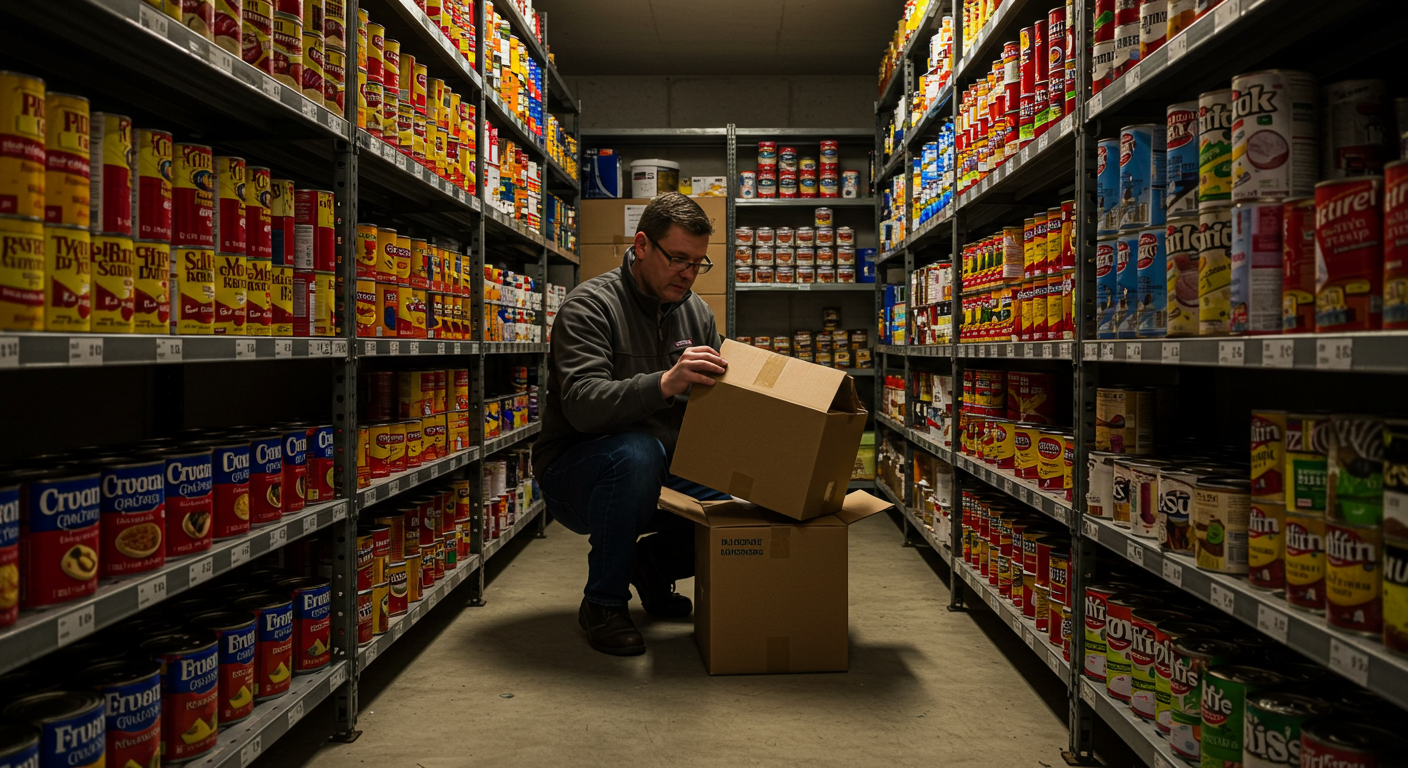
This blog has become a part of my daily routine I start my mornings with a cup of coffee and your latest post